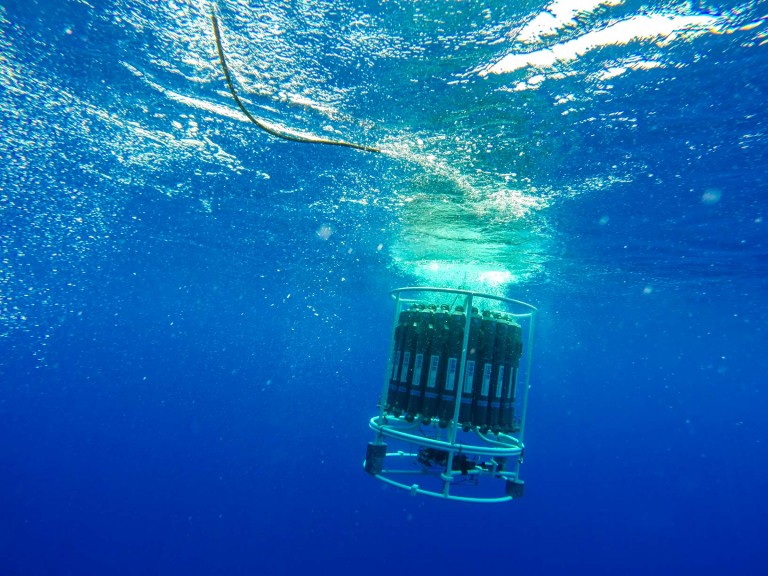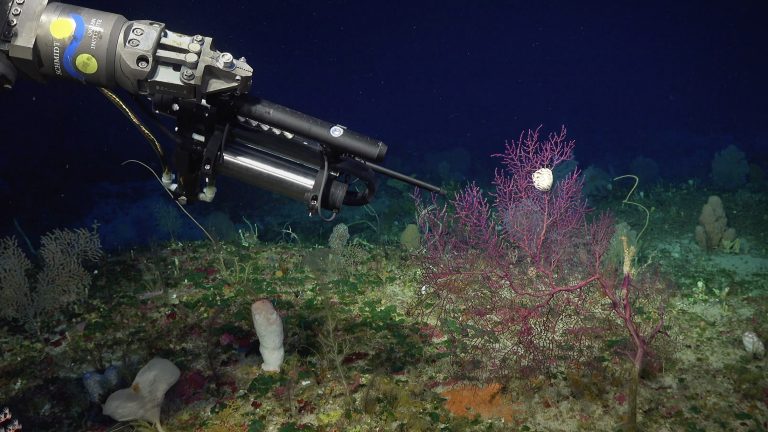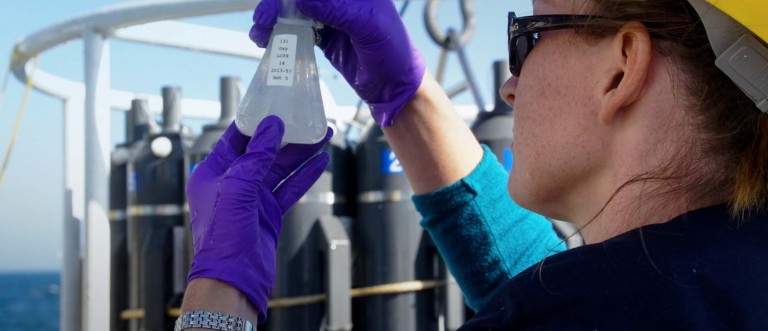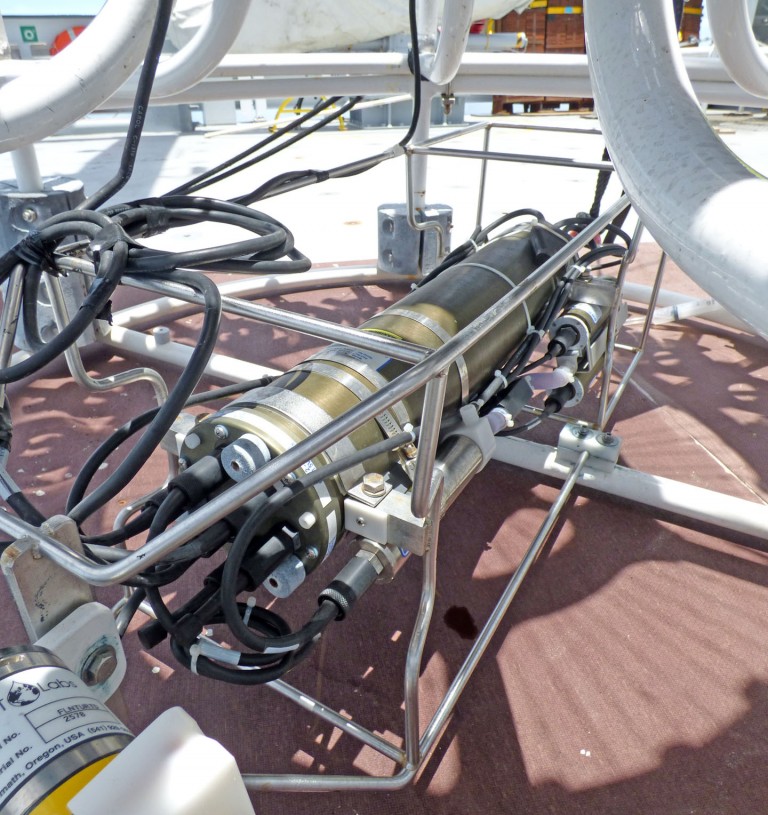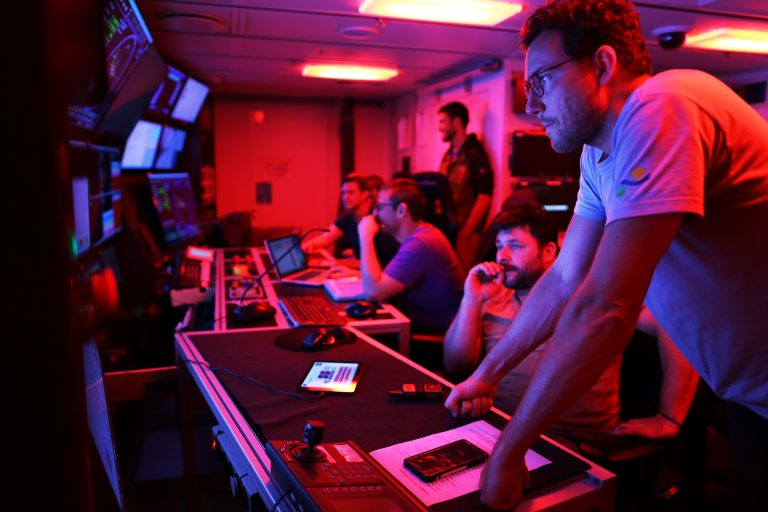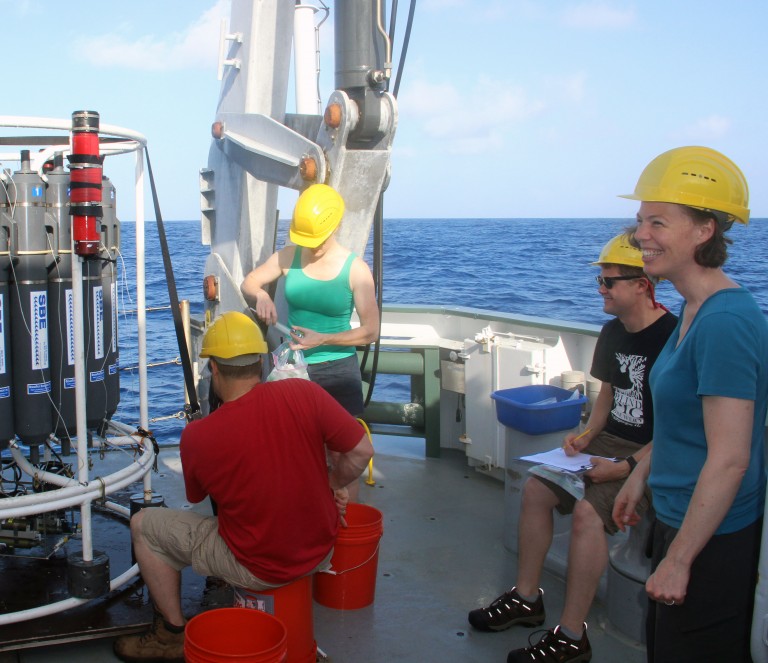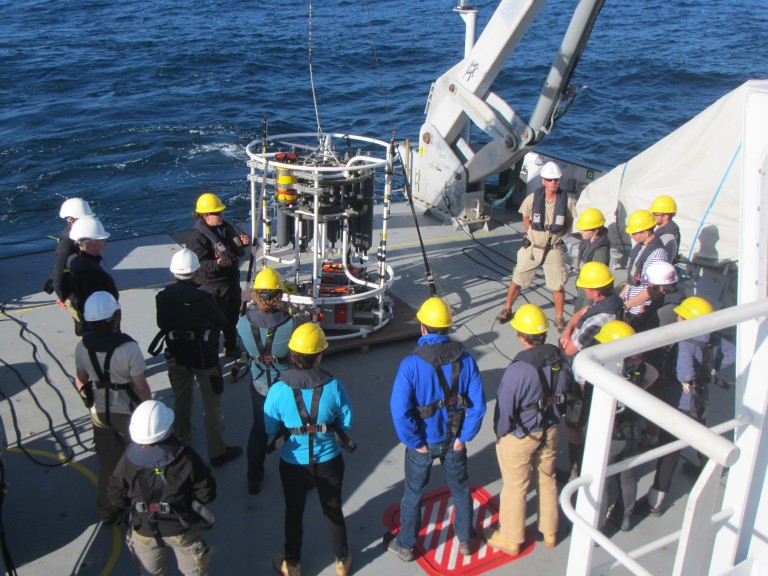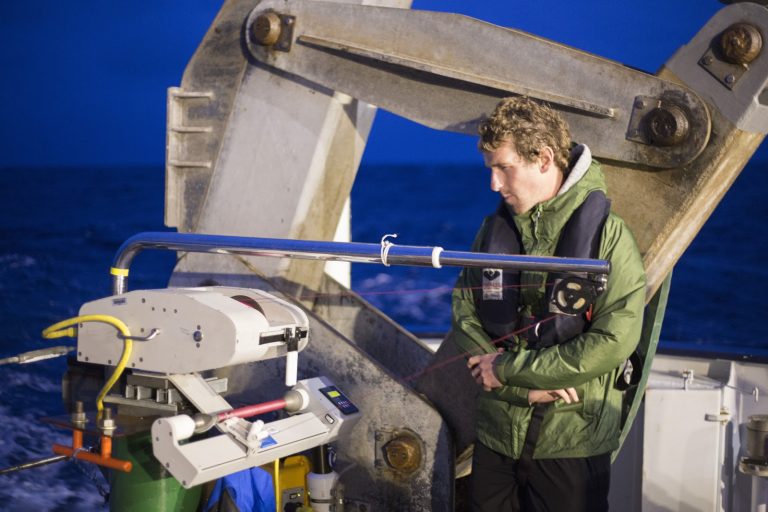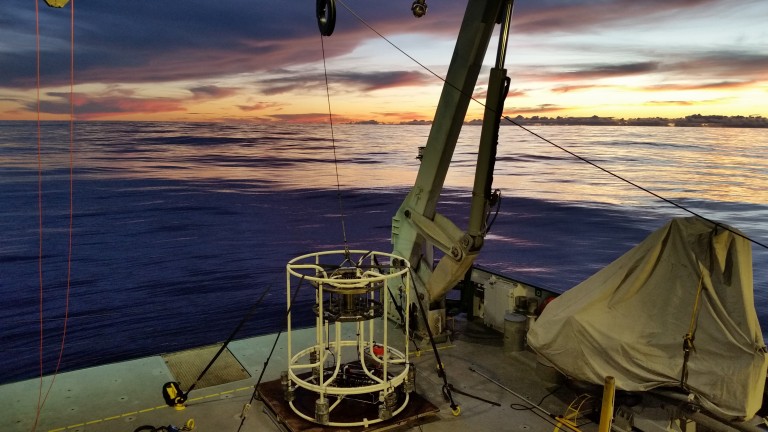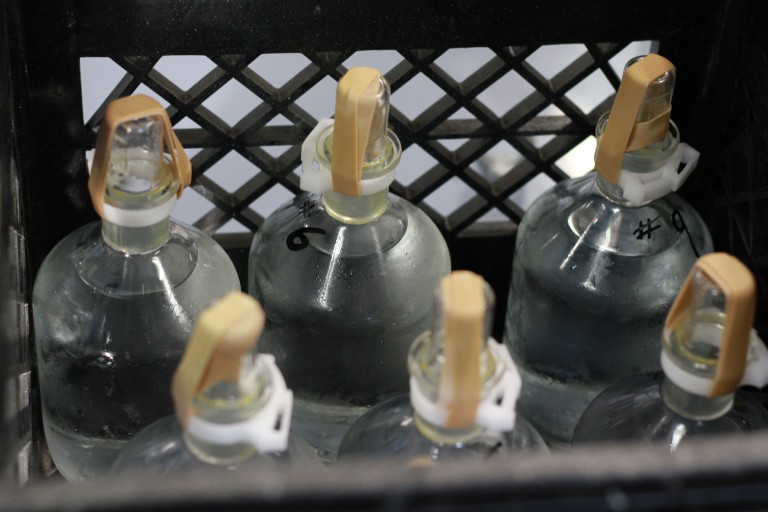Log Post: Using the CTD to Calibrate the Multibeam Sonar
We have arrived at the Ontong Java Plateau and to properly map the seafloor we needed to know more about the physical characteristics of the water above it. To do this, the science crew typically deploy a CTD rosette (array). CTD stands for conductivity, temperature, and depth. Since the electrical conductivity of water relates directly … Continued
